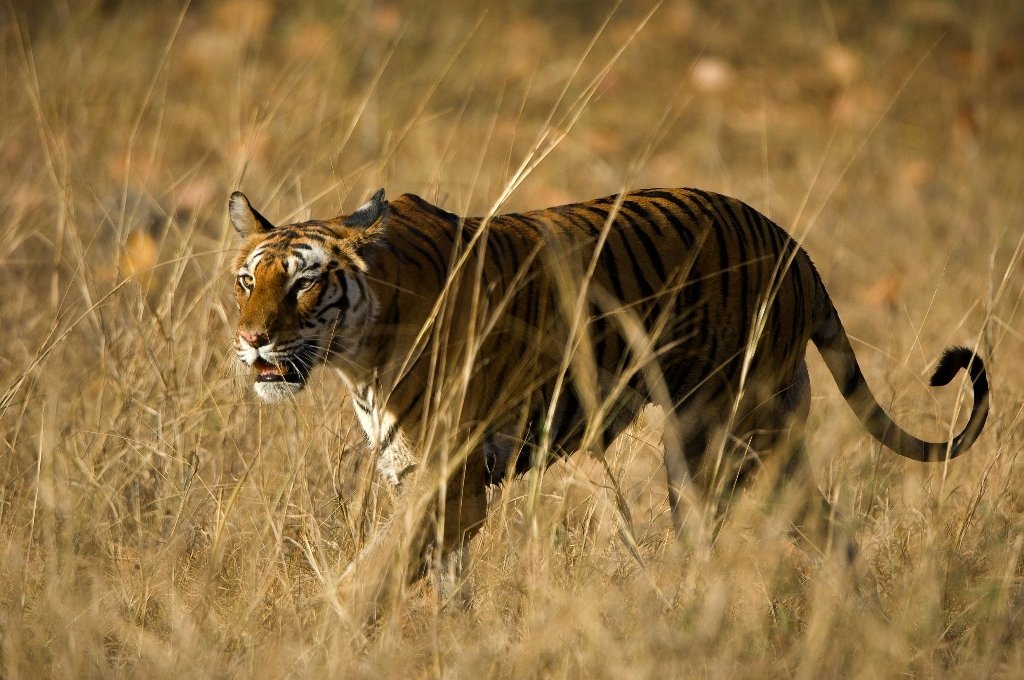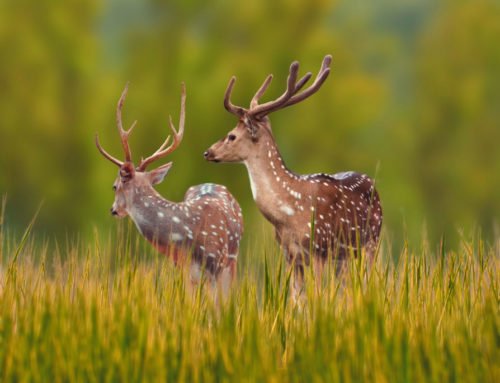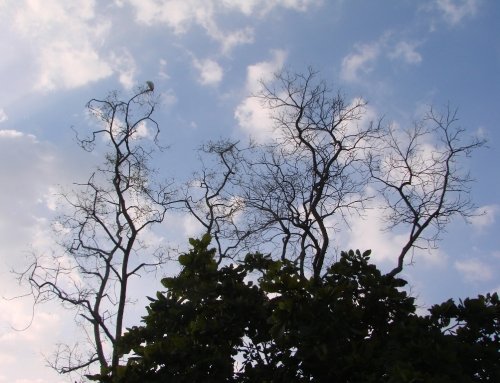Overview
- Features: Jeep safari to see wildlife including the Royal Bengal tiger
- Opening Times: Morning & evening safari, November to June
- Best Time to Visit: February to April
- Duration: 3 to 4 hours
- Travelled By: Jeep
- Cost: Between $558 and $3,000
- Address: Kanha National Park, Kanha, Madhya Pradesh, India
- Type: Wildlife
Author Reviews[display_rating_item_results rating_form_id=”2″ rating_entry_ids=”1″ show_category_filter=”false” show_options=”true” result_type=”star_rating” preserve_max_rating=”true” show_title=”false” show_count=”false” ]
Total Rating: [display_rating_result rating_form_id=”2″ show_count=”false” show_rich_snippets=true] [accordions load=”1″] [accordion title=”User Reviews” last] [display_rating_item_results rating_form_id=”5″ show_options=”true” result_type=”star_rating” preserve_max_rating=”true” show_title=”false” show_count=”true” show_rich_snippets=true] [/accordion] [accordion title=”Add Review”][display_rating_form show_email_input=”true” show_comment_textarea=”true” show_name_input=”true” rating_form_id=”5″] [/accordion] [/accordions]
Summary
Of the four zones, Kanha zone in Kanha Kisli National Park is by far the most beautiful in the park followed by Kisli zone. While a morning safari is more popular, an evening safari is more entertaining as there is more wildlife around. The evening sun also makes the scenery more spectacular making for a more enjoyable visit.
Kanha Kisli National Park
Evening Safari
Our first venture into Kanha Kisli National Park was on an evening safari to the Kanha zone. Being winter, the evening tiger safari was due to start at 3pm so we piled ourselves into the jeep and made our way to Khatiya Gate. There were three lines of jeeps waiting to enter so we drove into the shorter line on the side. At 3pm, the gate opened and all jeeps drove into Kanha National Park packed with tourists filled with excitement.
[singlepic id=321 w=720 h=560 float=center]
Our evening safari was being conducted in the premium zone, Kanha. As we drove in, the beauty of the forest unfolded before our eyes. Kanha is by far the most beautiful of the four zones in addition to the being the largest zone. The region is filled with swamps, meadows and forests. Forests of Sal trees gave way to meadows that were filled with hundreds of spotted deer who lifted their heads to watch us drive past. The golden rays of the sun gave the meadows a golden hue such that the herd of deers blended in really well.
[singlepic id=329 w=720 h=560 float=center]
[singlepic id=324 w=720 h=560 float=center]
As we drove along the track we spotted peacock after peacock with their beautiful blue-green feathers; one even decided he was going to show-off his feathers to us (well, that’s what we thought but I’m sure there was a female hiding in the bushes somewhere nearby).
We also saw a herd of Barasinghas (Indian swamp deers) which are found only in Kanha. At one point there were only 66 in the wild but their numbers have been increasing thanks to the conservation project being undertaken by the Kanha Tiger Reserve. We noticed several herds of them which means that the conservation project is bringing them back in strong numbers which is exciting news.
[singlepic id=331 w=720 h=560 float=center]
[singlepic id=325 w=720 h=560 float=center]
Monkeys are a common sight in any Indian forest and Kanha National Park was no different. There were several troupes of langurs (black faced Indian monkeys) hanging about in the trees as we drove past. We could hear them in the distance calling out to one another.
[singlepic id=326 w=720 h=560 float=center]
Halfway into our safari, we saw a mahout walking his elephant down the road. Knowing that elephant safaris are banned in Madhya Pradesh, I wondered what they used the elephants for these days. Our guide told us that elephants are still used for tracking tigers but purely for research purposes.
Later on, we even had the privilege to see a wild elephant in the forest foraging on the vegetation in the area.
[singlepic id=315 w=720 h=560 float=center]
[singlepic id=317 w=720 h=560 float=center]
At the end of our safari we drove back towards Khatiya Gate as the sun was setting. It was a fantastic view over the meadows and swamps filled with deers and the reddish-pink sky in the distance.
Even though we didn’t get a sighting of the Royal Bengal tiger, the evening safari was spectacular in every way we could have imagined. The setting was phenomenal with picturesque meadows and swamps filled with deers. There was no shortage of wildlife – chitals (spotted deers), gaurs (Indian wild bisons), elephants, langurs, barasinghas (Indian swamp deers) and peacocks. There was not one boring moment as there was so much to see at every point. Plus, there was always tomorrow – and another shot at seeing a Royal Bengal tiger.
Morning Safari
An early morning wake up call got us out of bed before sunrise. It was freezing cold and we had to be ready for a 5:30am start. We jumped into the jeep and drove to Khatiya Gate, once again in a long queue of jeeps waiting to enter Kanha National Park.
At 6am, we drove into the park and headed for the Kisli zone. The manager at our hotel had been advised that morning that locals had seen a tiger near the Kisli zone so we made a beeline to the area of the sighting. Other jeeps had the same idea and we saw several other jeeps along the way heading in a similar direction. It was still dark as the sun was about to rise so it was hard to see the beauty of the forest in this area.
[singlepic id=318 w=720 h=560 float=center]
Kisli zone differed from Kanha zone in the typography of the land. While Kanha zone had lots of meadows and swamps, Kisli was dominated by dense forests and scrub land making it hard to spot animals. Most of them were hidden in the forest but when we did see them they were really close by. Some deers even walked past the track stopping to investigate us before moving on.
[singlepic id=320 w=720 h=560 float=center]
[singlepic id=336 w=720 h=560 float=center]
As the sun came up, the weather got warmer and the view before us improved. In addition to seeing several spotted deers, we also saw several barasinghas, a herd of gaur (Indian wild bison) and a wild boar.
[singlepic id=328 w=720 h=560 float=center]
[singlepic id=330 w=720 h=560 float=center]
Halfway through our safari, we stopped at the Visitor’s Centre inside the park for breakfast. As we waited outside while several other members from our party went inside to get some breakfast, we were accosted by a couple of monkeys, one with a tiny baby. These creatures are foragers of the worst kind and will harass anyone with food. One monkey jumped on a man holding a plate of food, scaring him so he dropped his plate on the floor. They scavenged everything but the chilli.
[singlepic id=322 w=720 h=560 float=center]
Back into our jeep, we made our way back into the forest on the lookout for a tiger. Just as we were beginning to think that we would not see a tiger on this trip, our guide pointed out something in the distance. As we looked, we were astonished to see a tiger walking past not far off from where we were waiting. It was a sight to behold to be able to see a Royal Bengal tiger in the wild. Within minutes he was gone and, were it not for our photos, it was hard to believe that we had actually seen a tiger in the wild.
Satisfied that we had finally seen a tiger, we drove back to Khatiya Gate with a lot of jubilation and excitement.




